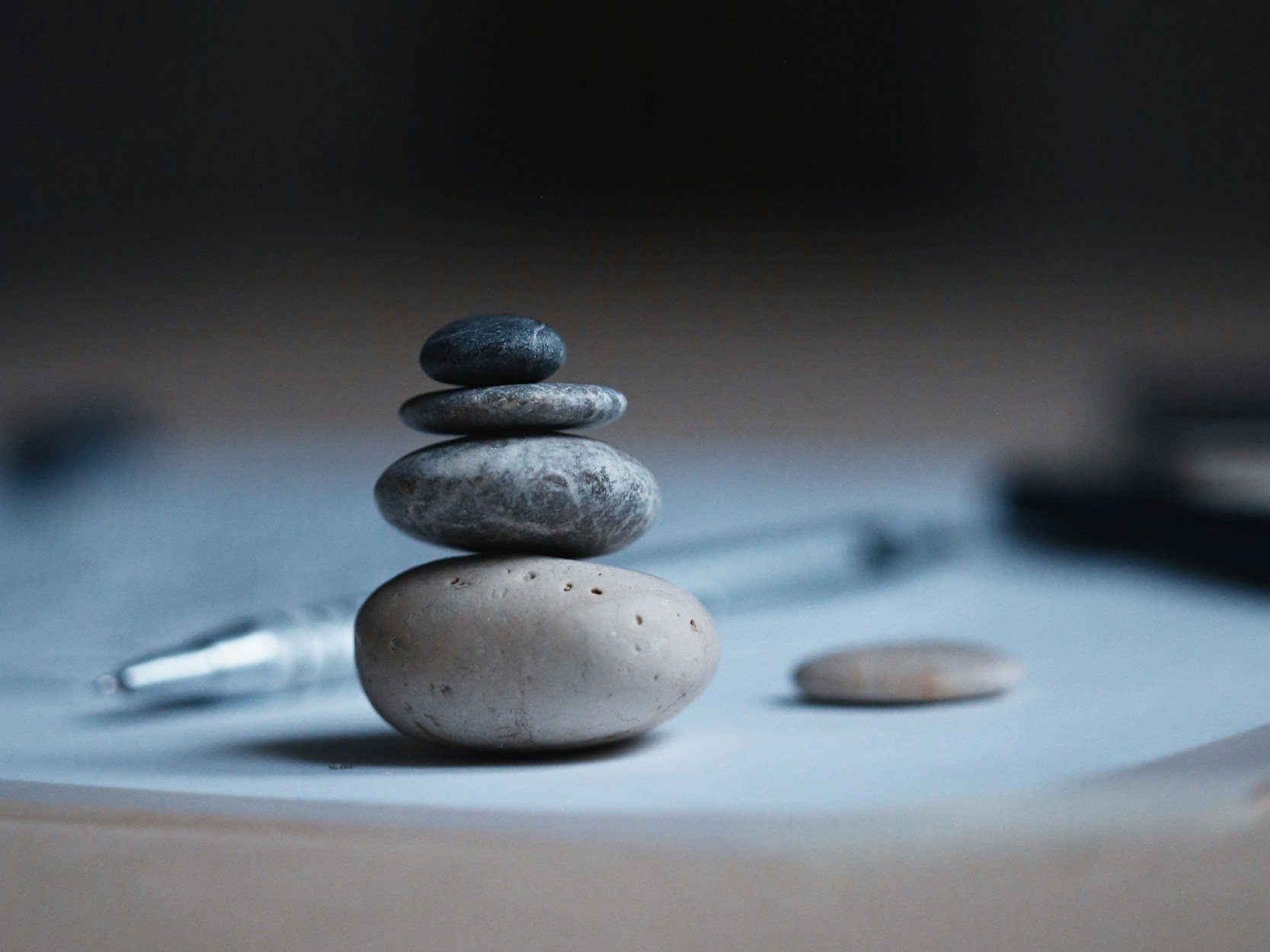Alcohol and Homeostasis
homeostasis
the tendency toward a relatively stable equilibrium between interdependent elements, especially as maintained by physiological processes.
It’s widely known that alcohol acts as an anesthetic depressant in the body, slowing down our central nervous system and relaxing us—at least temporarily. But alcohol’s effects go far beyond that, thanks to the way our bodies respond to its presence.
When alcohol enters your system, your body immediately starts working to counteract its effects. Why? Because your body’s main goal is homeostasis—maintaining balance. Here’s how it works:
Alcohol Slows You Down, So Your Body Speeds You Up
Alcohol has a sedative effect, which is why people often drink to "take the edge off." However, as soon as alcohol begins to slow your system, your body responds by releasing stimulants, like stress hormones, to reset the balance.Alcohol Makes You Feel Good, So Your Body Stops Trying
Alcohol releases a surge of “feel-good” chemicals like dopamine. But your body, ever the efficiency expert, notices this and reduces its natural production of those same chemicals. Over time, this means your baseline levels of feel-good neurotransmitters drop.
Tolerance: A Double-Edged Sword
The longer and more frequently you drink, the better your body becomes at adapting. This adaptation is what we call tolerance. Your body learns to produce more stimulants and fewer feel-good chemicals to counteract alcohol’s effects.
That might sound like a good thing—it’s your body keeping you functional, right? But this adjustment comes with a significant downside: it sets the stage for imbalance.
Why You Feel Anxious and Low After Drinking
When the alcohol leaves your system, the stimulants your body released to counteract it remain elevated. This overcompensation is why you feel nervous, jittery, and anxious the next day—commonly called “hangxiety.”
At the same time, the reduced production of feel-good chemicals leaves you feeling emotionally low. This is the real “depressant” side of alcohol, kicking in after the initial buzz wears off.
Alcohol’s Sneaky Trap
Here’s the trickiest part about alcohol: it creates problems that only it can temporarily solve. Feeling anxious? That next drink might seem like the perfect antidote. Feeling low? Alcohol can offer a fleeting boost. But every time you drink, you reinforce the cycle:
Alcohol creates imbalance.
Your body adapts to restore balance.
The aftermath leaves you craving alcohol to “fix” how you feel.
This cycle doesn’t just affect your physical state; it also rewires your brain to associate alcohol with relief, making it even harder to break free.
Breaking the Cycle
Understanding the science behind alcohol’s effects can help you make empowered choices. The next time you’re tempted to reach for a drink, pause and ask yourself: What problem am I hoping alcohol will solve? Then ask yourself: What other solutions could I explore?
Knowledge is power, and when it comes to alcohol, understanding its sneaky mechanisms is the first step toward reclaiming control over your life.
